I'm trying to switch (just on/off) a 3.7V motor (coil resistance 2.2 ohm) and a 6V motor (coil resistance 8 ohm) with an Arduino Mini. I have trouble finding a universal way to do so.
What I know so far:
there has to be a fly-back diode (D1 in the schematic diagram.)
There are 4 possibilities for the switch.
a) relay (simplest, Arduino Uno with 12V pump: transistor or optocoupler+12V relay?)
b) NPN transtor https://electronicsclub.info/transistorcircuits.htm
c) low gate voltage MOSFET How to drive low impedance load with arduino and transistor
d) optocoupler (see the relay link)
A low side switch is better than a high side switch. High side switch and Low side switch
All grounds have to be connected together (unless using an optocoupler) Does signal ground have to be connected to actual ground?
I would like to keep the component count and price to a minimum. Relays are big and expensive so I hoped a transistor would do.
Questions:
- What components I can safely remove from the circuit?
- What is the most important thing to get right?
I understand I need R1 to prevent a floating pin What does pulldown resistor from Arduino's output pin to ground do? Is it necessary?
I'm trying different motors to see which one works best.
Edit 2019:
In the end (after reading replies) have built the following circuit:
The moral is points 3 and 4 are extremely important.
Edit 2022:
A new answer has appeared and makes good points!
